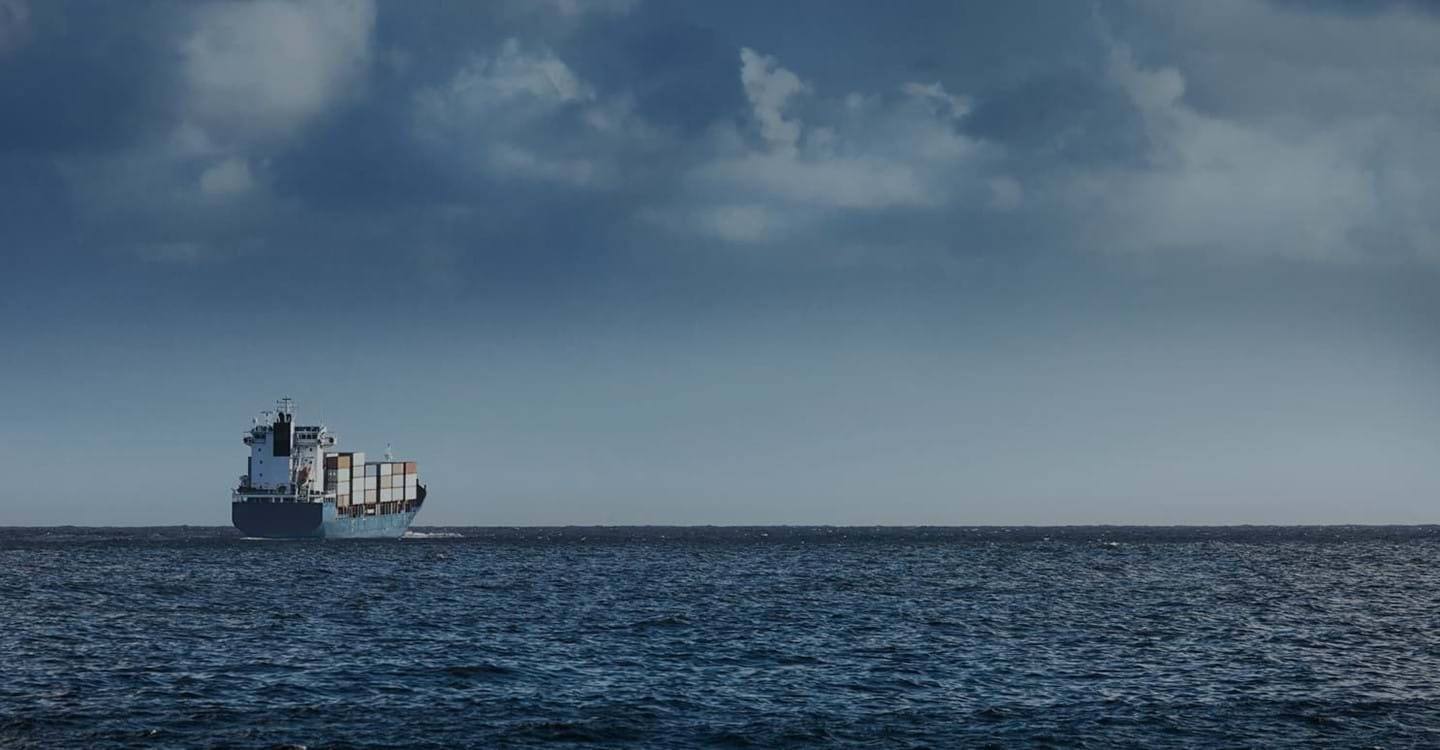
Frequently Asked Questions
What is the main principle of the operation?
Bawat’s main method of treatment is a one-pass pasteurization technology.
Bawat BWMS is based on unique patented technology, which represents maybe the simplest solution to an ecological and regulatory issue within the international shipping industry.
Is treatment required on both ballasting and de-ballasting operations?
No, the Bawat BWMS is a one-pass treatment system.
What is the minimum water flow required for continuous operation?
The Bawat BWMS is customized and designed to fit ship and ballast operations. There is no minimum flow rate requirements for continuous operation of the Bawat BWMS, however, a software introduced limit on 10% of the design flowrate is implemented.
Is ballast operation by gravity possible?
Yes, the Bawat BWMS is an in-voyage treatment system allowing full gravity based ballast operations e.g. ballast water discharge from top-side hopper tanks.
What is the operational temperature range?
The Bawat BWMS is independent of water qualities and efficient in all turbidities, salinities and temperatures.
Is there a holding time for treated ballast water?
No. The Bawat BWMS one-pass system has no limitations or requirements for after treatment holding time.
Are there any chemicals used?
The Bawat BWMS does not require addition of ‘active substances’ in any form.
Is special coating for the ballast tanks necessary?
No special coating is required for the ballast tanks.
Are there any restrictions for ships transporting dangerous goods?
No, there are no restrictions for the Bawat BWMS for ships transporting dangerous goods.
Are any additional measures required when operating in fresh or brackish water?
The Bawat BWMS is independent of water qualities and efficient in all turbidities, salinities and temperatures.
Is a container solution for deck installation available?
Yes, for deck site placement, the system can be delivered partly or fully skid mounted or in a shipping container size 20’ to 40’ depending on system specifications.
Is a non-skidded solution possible?
The Bawat BWMS only consists of standard marine components.
What is ballast water?
Cruise ships, large tankers, and bulk cargo carriers use a huge amount of ballast water, which is often taken on in the coastal waters in one region after ships discharge wastewater or unload cargo, and discharged at the next port of call, wherever more cargo is loaded.
Definition of ballast water
Ballast water is water carried in ships' ballast tanks to improve stability.
What is the cost of a Ballast Water Management System (BWMS)?
The cost of a Ballast Water Management System (BWMS) varies according to ship type, solution wanted and so forth.
Is Bawat's BWMS applicable for offshore vessels?
Yes - The Bawat BWMS is delivered in two different versions. 1) As a mobile containerized solution or 2) as a standard BWMS.
What is the minimum time required to treat all tanks?
The Bawat system is a one-pass system which means that the ballast water is treated when it has passed through the BWMS.
Are there any restrictions regarding the types of water the commissioning testing can be conducted in?
No, not with a Bawat ballast water treatment system!
When is the commissioning test required?
The commissioning test is required after installing a ballast water treatment system (BWTS) as of 1st June 2022.
